News
News
ATLAS observes top quarks in lead–lead collisions
The result opens a new window into the study of the quark–gluon plasma that is believed to have filled the Universe briefly after the Big Bang
CERN70: From physics to medicine
Ugo Amaldi helped create a European network of cancer therapy centres using beams of ions, in particular carbon ions
CERN Council selects Mark Thomson as next Director-General, starting in 2026
Professor Thomson’s five-year mandate will begin on 1 January 2026
CERN70: The discovery of the Higgs boson, a giant leap for science
Fabiola Gianotti, CERN Director-General, was spokesperson of the ATLAS experiment at the Large Hadron Collider from 2009 to 2013 and responsible for announcing the discovery of the Higgs boson, alongside the CMS spokesperson
CERN70: Tasting the primordial soup
Jürgen Schukraft was the first spokesperson of the ALICE experiment at the Large Hadron Collider
Decoding top quarks with precision
The ATLAS experiment at the LHC reveals how pairs of top quarks are produced along with other heavy quarks
Particle physicists chart a course to the future
The aim of the third update of the European Strategy for Particle Physics is to develop a visionary and concrete plan that greatly advances human knowledge in fundamental physics through the realisation of the next flagship project at CERN
Updated schedule for CERN’s accelerators
The timing and duration of the third long shutdown (LS3) of the Large Hadron Collider and injector complex has changed, here’s why
CERN70: Switching on the Large Hadron Collider
Lyn Evans was Project Leader for the Large Hadron Collider
Blowing out 70 candles: CERN celebrates seven decades of discoveries and looks ahead to a brilliant future of science and innovation
A special high-level ceremony held at CERN crowned a year-long celebration taking place across Europe and beyond
